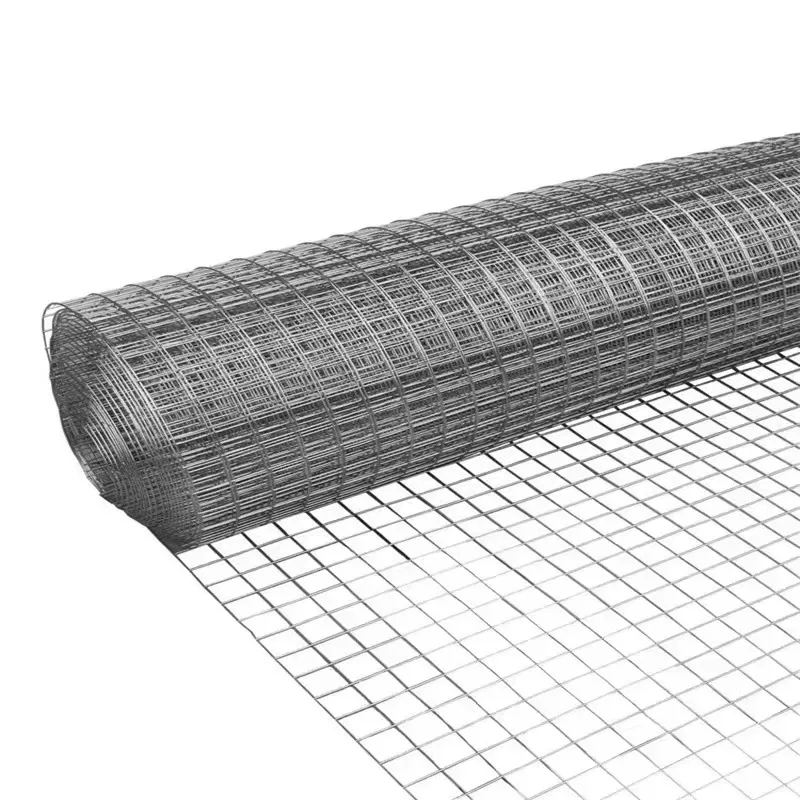-
 Afrikaans
Afrikaans -
 Albanian
Albanian -
 Amharic
Amharic -
 Arabic
Arabic -
 Armenian
Armenian -
 Azerbaijani
Azerbaijani -
 Basque
Basque -
 Belarusian
Belarusian -
 Bengali
Bengali -
 Bosnian
Bosnian -
 Bulgarian
Bulgarian -
 Catalan
Catalan -
 Cebuano
Cebuano -
 China
China -
 Corsican
Corsican -
 Croatian
Croatian -
 Czech
Czech -
 Danish
Danish -
 Dutch
Dutch -
 English
English -
 Esperanto
Esperanto -
 Estonian
Estonian -
 Finnish
Finnish -
 French
French -
 Frisian
Frisian -
 Galician
Galician -
 Georgian
Georgian -
 German
German -
 Greek
Greek -
 Gujarati
Gujarati -
 Haitian Creole
Haitian Creole -
 hausa
hausa -
 hawaiian
hawaiian -
 Hebrew
Hebrew -
 Hindi
Hindi -
 Miao
Miao -
 Hungarian
Hungarian -
 Icelandic
Icelandic -
 igbo
igbo -
 Indonesian
Indonesian -
 irish
irish -
 Italian
Italian -
 Japanese
Japanese -
 Javanese
Javanese -
 Kannada
Kannada -
 kazakh
kazakh -
 Khmer
Khmer -
 Rwandese
Rwandese -
 Korean
Korean -
 Kurdish
Kurdish -
 Kyrgyz
Kyrgyz -
 Lao
Lao -
 Latin
Latin -
 Latvian
Latvian -
 Lithuanian
Lithuanian -
 Luxembourgish
Luxembourgish -
 Macedonian
Macedonian -
 Malgashi
Malgashi -
 Malay
Malay -
 Malayalam
Malayalam -
 Maltese
Maltese -
 Maori
Maori -
 Marathi
Marathi -
 Mongolian
Mongolian -
 Myanmar
Myanmar -
 Nepali
Nepali -
 Norwegian
Norwegian -
 Norwegian
Norwegian -
 Occitan
Occitan -
 Pashto
Pashto -
 Persian
Persian -
 Polish
Polish -
 Portuguese
Portuguese -
 Punjabi
Punjabi -
 Romanian
Romanian -
 Russian
Russian -
 Samoan
Samoan -
 Scottish Gaelic
Scottish Gaelic -
 Serbian
Serbian -
 Sesotho
Sesotho -
 Shona
Shona -
 Sindhi
Sindhi -
 Sinhala
Sinhala -
 Slovak
Slovak -
 Slovenian
Slovenian -
 Somali
Somali -
 Spanish
Spanish -
 Sundanese
Sundanese -
 Swahili
Swahili -
 Swedish
Swedish -
 Tagalog
Tagalog -
 Tajik
Tajik -
 Tamil
Tamil -
 Tatar
Tatar -
 Telugu
Telugu -
 Thai
Thai -
 Turkish
Turkish -
 Turkmen
Turkmen -
 Ukrainian
Ukrainian -
 Urdu
Urdu -
 Uighur
Uighur -
 Uzbek
Uzbek -
 Vietnamese
Vietnamese -
 Welsh
Welsh -
 Bantu
Bantu -
 Yiddish
Yiddish -
 Yoruba
Yoruba -
 Zulu
Zulu
Comprehensive Guide to Choosing the Right Agricultural Fencing Nets for Your Farm Property
The Importance of Agricultural Fencing Nets in Modern Farming
Agricultural fencing nets play a vital role in contemporary farming practices, serving multiple functions that enhance the efficiency and sustainability of agricultural operations. As farming evolves to meet the demands of a growing population, effective fencing solutions have become crucial for protecting crops, livestock, and the environment.
Protection of Crops
One of the primary uses of agricultural fencing nets is to safeguard crops from wildlife such as deer, rabbits, and birds. These animals can cause significant damage to fields, leading to financial losses for farmers. Fencing nets, particularly those made from durable materials, provide a physical barrier that discourages unwanted visitors while allowing sunlight and rain to reach the plants. This ensures that crops have the best chance of thriving, ultimately contributing to higher yields and better quality produce.
Livestock Management
In addition to crop protection, fencing nets are essential for managing livestock. Farmers often use these nets to create secure enclosures for their animals, ensuring they cannot escape while also keeping predators at bay. Proper fencing is crucial not only for the safety of the animals but also for the protection of the farmer's investment. Livestock that roam freely can also damage crops and become a nuisance, making effective fencing an integral part of farm management.
Versatility of Fencing Nets
agricultural fencing net

Fencing nets come in various designs and materials, each suited for different farming needs. From lightweight mesh nets that are ideal for crop protection to heavier gauges that can withstand the pressure from larger animals, farmers can choose the right type of fencing based on their specific requirements. Additionally, some fencing nets are designed to be mobile, allowing farmers to change their configurations as needed to rotate crops or manage grazing patterns.
Environmental Benefits
Using agricultural fencing nets can also have positive environmental impacts. By protecting crops and livestock, these nets help to maintain biodiversity by minimizing human-wildlife conflicts. They can create buffer zones that allow native species to thrive while protecting agricultural interests. Furthermore, effective fencing can aid in soil conservation practices by preventing overgrazing in sensitive areas and allowing land to recover more effectively.
Economic Advantages
The economic benefits of using fencing nets cannot be overstated. By reducing crop and livestock losses due to wildlife intrusion and improving the overall management of resources, farmers can achieve higher profitability. The initial investment in quality fencing nets can yield significant returns over time, making it a wise choice for farmers looking to enhance their operational efficiency. Additionally, improved crop yields and healthier livestock contribute to better product quality, which can result in higher market prices.
Conclusion
In conclusion, agricultural fencing nets are an indispensable tool in modern farming. They not only provide a protective barrier for crops and livestock but also support sustainable agricultural practices and improve economic viability. As the agricultural sector continues to evolve, the role of fencing nets will likely become even more pronounced, helping farmers to meet the challenges of this dynamic industry. By investing in quality fencing solutions, farmers can ensure the health of their crops and livestock while promoting a balanced ecosystem, securing a productive future for agriculture.
-
Shipping Plastic Bags for Every NeedNewsJul.24,2025
-
Safety Netting: Your Shield in ConstructionNewsJul.24,2025
-
Plastic Mesh Netting for Everyday UseNewsJul.24,2025
-
Nylon Netting for Every UseNewsJul.24,2025
-
Mesh Breeder Box for Fish TanksNewsJul.24,2025
-
Expanded Steel Mesh Offers Durable VersatilityNewsJul.24,2025











